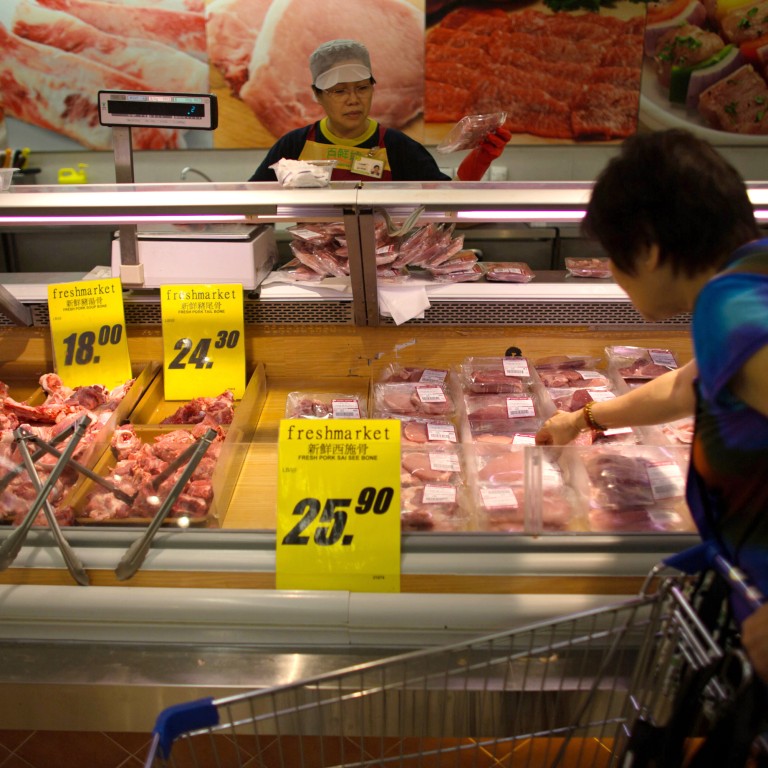
Raising the minimum wage to HK$36 an hour is both needed and affordable
George Cautherley does the sums to show that raising the minimum wage to HK$36 an hour will not only help low-wage earners make ends meet, but is also affordable for businesses
The public consultation on the review of the statutory minimum wage has ended. Among the 200-plus proposals submitted, some 40 per cent reportedly suggest freezing the wage at the current HK$30-per-hour level next year. That idea is most objectionable, for a number of reasons.
Let us look first at inflation rates. The first minimum wage introduced in May 2011 was HK$28 per hour. It was then increased to HK$30 per hour in May 2013, a rise of 7.1 per cent.
As a comparison, the accumulative inflation rate in 2012 and 2013 was about 8.6 per cent. Thus, as of the end of last year, inflation had already nullified the wage rise in 2013. In fact, in terms of purchasing power, the minimum wage as of last December was actually less than HK$28 per hour.
With prices continuing to rise, this purchasing power will further erode if the minimum wage is frozen at HK$30 per hour.
Next, income growth statistics in the past two years show that the 7.1 per cent rise in 2013 lagged behind general wage growth, as well as economic growth in the same period.
All these figures point to one fact: wage earners at the bottom of the scale received the smallest share of the fruits of economic growth in the past two years. Apparently, the trickle-down effect is just a myth.
The subsistence needs of low-wage earners provide further insight into this issue. According to local research studies, to make ends meet, an average worker needs a wage level of at least HK$36 per hour at current prices. Adjusting for inflation in 2014 and 2015, the subsistence wage level will be about HK$39 per hour in 2015.
In other words, from the angle of meeting workers' subsistence needs, the current minimum wage is seriously insufficient and companies employing such workers are being subsidised by those who can least afford it, the underpaid workers themselves.
One common reason cited for suggesting a minimum wage freeze is that any rise would cause inflation. We believe this is an excuse to obstruct a wage review. In Hong Kong, food and housing rent have been the major drivers of inflation over the years, not labour costs.
Another oft-cited argument for favouring a freeze is that a rise will cause difficulties in low-paying business sectors. Evidence, however, actually provides a case for a rise to HK$36 per hour in 2015. According to Minimum Wage Commission statistics, increasing it to HK$36 per hour will raise the overall wage bills of small and medium-sized enterprises in low-paying sectors by 2.6 per cent. Given the government's projection of a gross domestic product increase in nominal terms of 4-5 per cent in 2014 and 5.5 per cent in 2015 - or a cumulative increase of at least 9.7 per cent - we expect SMEs as a whole to be able to absorb the additional wage bills by increasing their business receipts through sales or price hikes.
Therefore, reason dictates that the minimum wage should be and can be raised to HK$36 per hour in 2015. The current level is too low to meet the subsistence needs of low-wage-earners.
